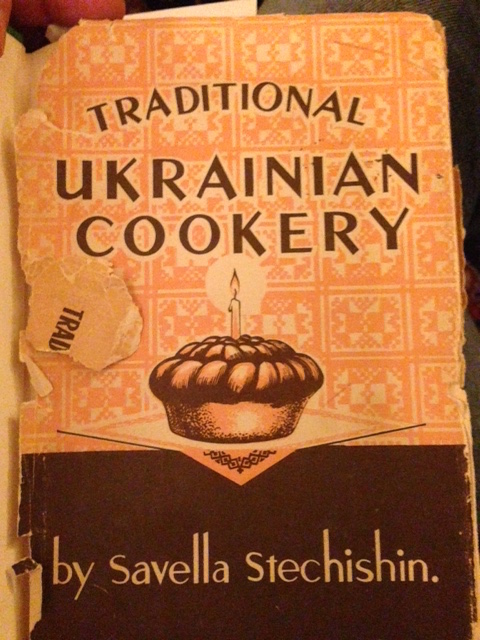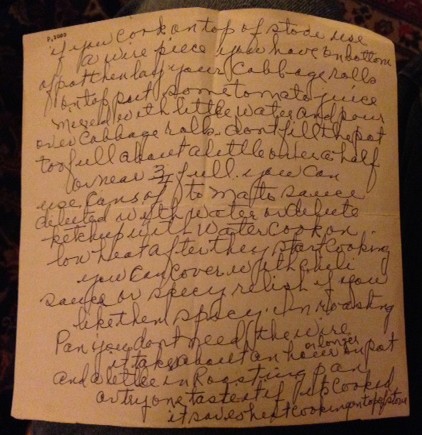Inflation is supposed to be one, measurable number. There’s a number that’s quoted in all the newspapers, and is used all over the place, to help determine how well the economy is doing, to index pensions, to negotiate union contracts, etc, etc…
This is generally known as the ‘CPI’, or ‘Consumer Price Index’. I’ve reproduced the numbers for Canada from Statcan[1] below:
Consumer Price Index, historical summary (1996 to 2015) All-items Change from previous year 2002=100 % 1996 88.9 1.5 1997 90.4 1.7 1998 91.3 1.0 1999 92.9 1.8 2000 95.4 2.7 2001 97.8 2.5 2002 100.0 2.2 2003 102.8 2.8 2004 104.7 1.8 2005 107.0 2.2 2006 109.1 2.0 2007 111.5 2.2 2008 114.1 2.3 2009 114.4 0.3 2010 116.5 1.8 2011 119.9 2.9 2012 121.7 1.5 2013 122.8 0.9 2014 125.2 2.0 2015 126.6 1.1
These numbers should dovetail well with what you read in the news. They even nicely break the CPI down by type of item:
Consumer Price Index, by province (monthly) (Canada) May 2015 April 2016 May 2016 April 2016 to May 2016 May 2015 to May 2016 2002=100 % change Canada All-items 126.9 128.3 128.8 0.4 1.5 Food 140.8 143.8 143.3 -0.3 1.8 Shelter 133.2 134.9 135.1 0.1 1.4 Household op & furn. 119.7 121.6 122.1 0.4 2.0 Clothing and footwear 95.0 96.0 96.0 0.0 1.1 Transportation 128.0 127.8 129.4 1.3 1.1 Health and pers. care 120.7 122.2 122.3 0.1 1.3 Rec, ed, & reading 109.9 110.3 111.7 1.3 1.6 Alc. & tobacco products 151.9 156.5 156.8 0.2 3.2 Special aggregates All items excl. food 124.2 125.3 126.1 0.6 1.5 All items excl. energy 124.8 126.9 127.2 0.2 1.9 Energy 152.4 143.4 146.9 2.4 -3.6 Source: Statistics Canada, CANSIM, table 326-0020 and Catalogue nos. 62-001-X and 62-010-X. Last modified: 2016-06-17.
But many peoples’ experience of inflation can be very different.
I’ll use an example near and dear to my heart:
Today, I had the 
I first visited the Wokking on Wheels food truck sometime during the fall of 1996, when I was working on Calculus with J (Thanks, J!). At that time, they had five daily specials which, if I recall correctly, they were selling for $3.75. These included the special Thursday special, ‘Singapore Fried noodles’, which you could persuade them to add red sweet sauce to. Delicious!
Anyway, the Vegetable Chow Mein was the least expensive thing on their menu today, at $7.
So, 20 years later, how has inflation fared? By the CPI deflator above, you would expect a $3.75 item in 1996 to cost $3.75*128.8/88.9 = $5.43, about $1.50 less than the actual.
Even if you use the ‘food’ number above, you get: $3.75*143.3/88.9 = $6.04, or about $1 less than the actual.
There are a number of reasons for this (which are beyond the scope), but it’s enough for now to note that there are reasons that people have a different feeling of inflation than what is ‘official’.
[1]The numbers for Ontario seem to be about the same to me.


